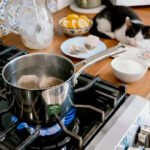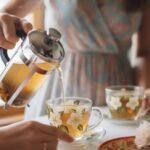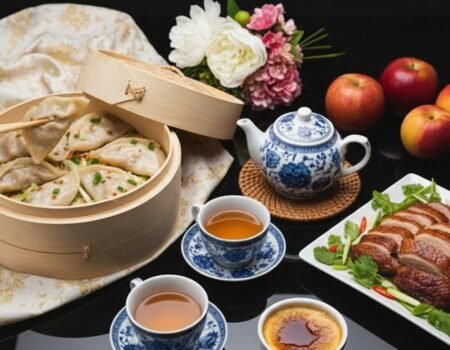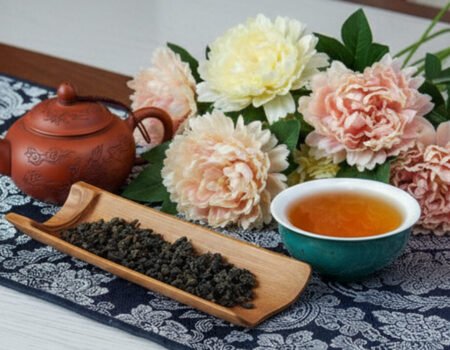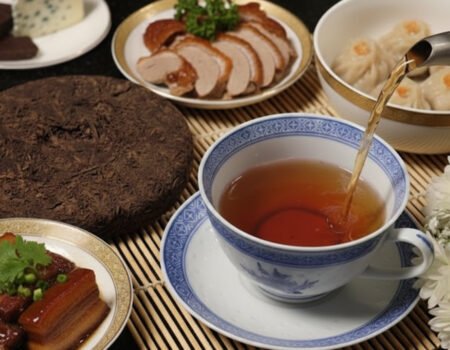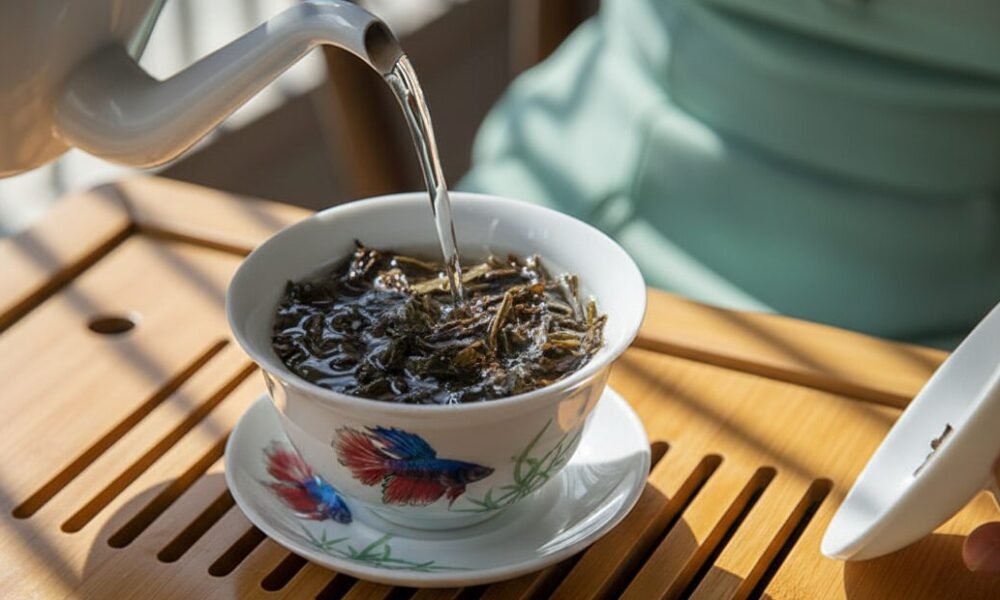
Tea Pre-Brewing: Enhance Your Brew with a Simple Rinse
Index
Tea pre-brewing involves a quick rinse of leaves to remove dust and open up the leaves for full taste.
This guide will show you how to enhance your brew’s flavor with a proper rinse technique that works for all types of tea.
Key Takeaways
- Pre-brewing tea involves a quick 5-10 second rinse with hot water to remove dust and wake up the leaves.
- Pu-erh and oolong teas benefit most from rinsing, as it helps break apart compressed leaves and clean surface impurities.
- The rinse water should always be discarded completely before starting the actual brewing process.
- Tea masters have used this technique for centuries to create cleaner, more vibrant flavors in their brews.
The Importance of Pre-Brewing Tea
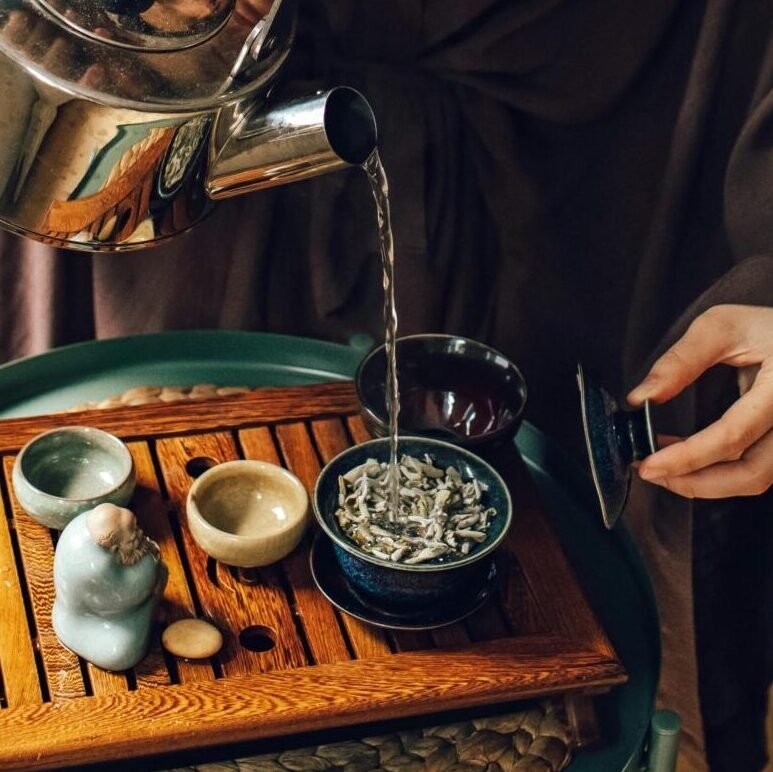
Now that we understand tea basics, let’s explore why pre-brewing matters so much. The simple act of rinsing tea leaves creates a foundation for a superior cup. Tea packets from Camellia Sinensis often note this critical step that many drinkers skip.
Pre-brewing involves a quick 5-10 second wash with hot water at the proper brewing temperature. This brief rinse serves multiple purposes for your loose leaf tea.
This initial rinse wakes up the tea leaves from their dormant state, preparing them for optimal flavor release. The process removes dust, plant bits and other possible debris that might affect taste.
Tea experts value this step because it reduces bitterness in the final cup. For compressed teas like Pu-erh or aged oolongs, rinsing helps break apart tight leaves and clean surface impurities.
The brewing vessel you choose matters less than this essential first step that transforms good tea into great tea.
Steps to Enhance Your Brew with a Simple Rinse
Tea rinsing is a simple yet powerful technique that can transform your daily cup. This quick pre-brewing step removes dust and impurities while preparing leaves for optimal flavor release.
Tea Rinsing: Transform Your Daily Cup
This quick pre-brewing step removes dust and impurities while preparing leaves for optimal flavor release.
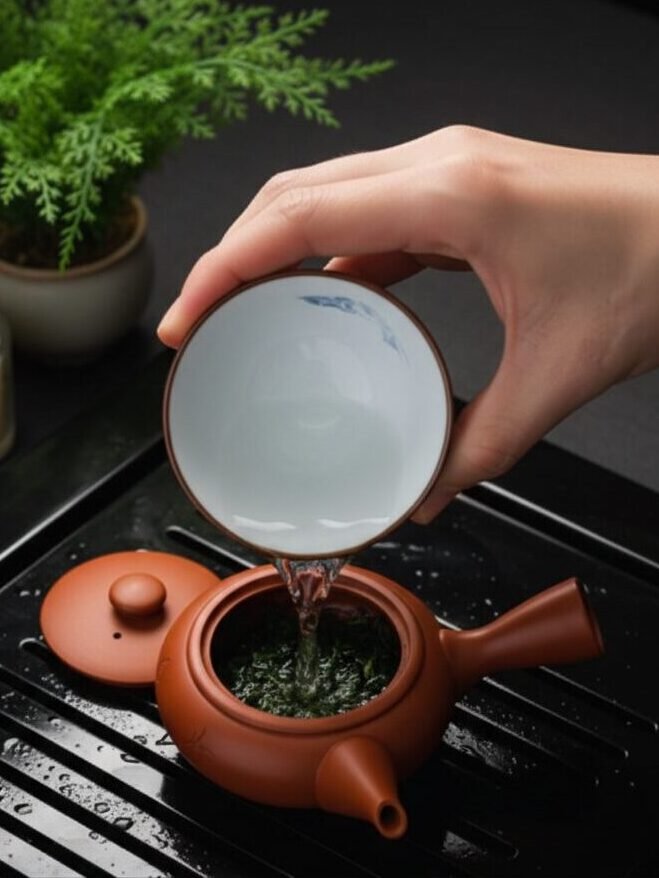
Essential Preparation
- Select quality loose tea – Whole leaves respond better to rinsing than teabags or fannings
- Heat water to correct temperature – Black teas need near-boiling water; green teas require lower temperatures (167-176°F / 75-80°C)
- Pre-heat your teaware – Pour hot water into your teapot or gaiwan and discard before adding tea leaves
The Rinsing Process
- Add tea leaves – Place the proper amount in your teapot, gaiwan, or infuser
- Pour and count to 10 – Add water over leaves and count exactly 10 seconds to maintain aromatic qualities
- Discard rinse water completely – This first water contains dust and impurities you don’t want
Final Brewing Steps
- Begin actual brewing – Use fresh water at the recommended temperature for your tea type
- Steep for suggested time – Follow timing guidelines based on your specific tea variety
- Strain and serve – Use a tea strainer if your teapot lacks a built-in infuser
- Taste the difference – You’ll notice improved clarity and flavor from this simple technique
Benefits of Rinsing Tea Leaves Before Brewing
Rinsing tea leaves offers several key benefits that improve your final cup. Most aged oolong and Pu-erh teas need this quick wash to remove dust and debris before brewing.
This simple step awakens larger rolled leaves and compressed teas, helping release their aromatic oils for better flavor. The brief rinse—ideally under 10 seconds—cleans without stealing precious aromas from your leaves.
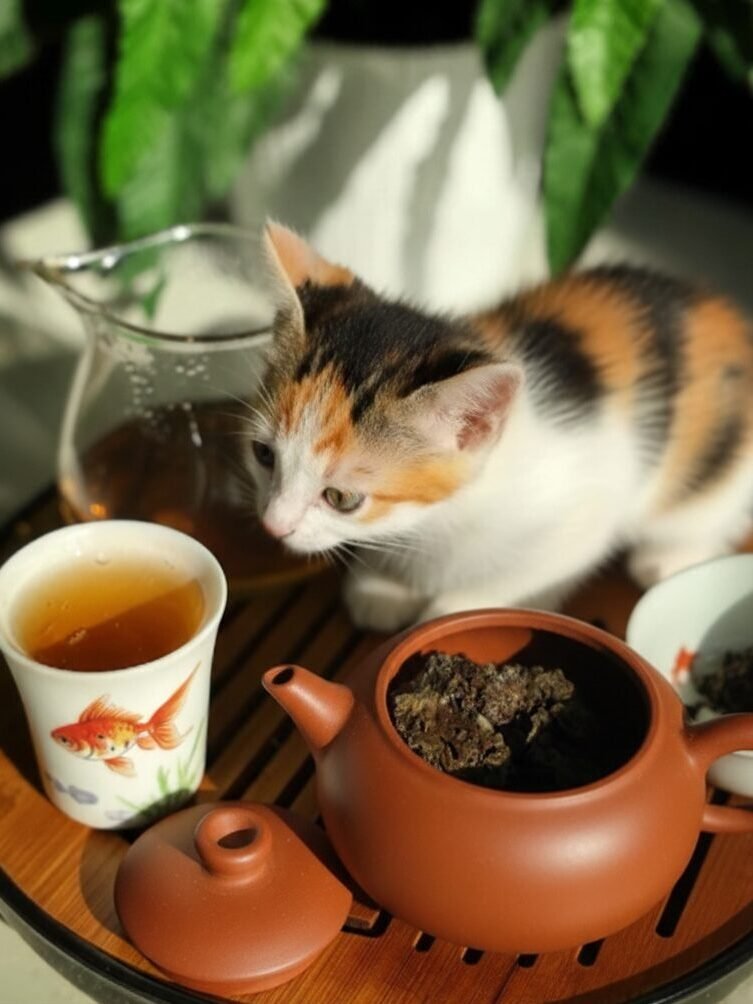
Pu‑erh teas are customarily rinsed once or twice with hot water to remove surface dust, dirt, and potential residues accumulated during processing or storage, as well as to awaken the compressed leaves for better infusion.
Small-leaf Chinese green teas also benefit from this practice, as it prepares the leaves for optimal brewing. Many tea experts practice this method during gong fu ceremonies to enhance both the taste experience and the visual clarity of their brew.
Conclusion
Pre-brewing your tea creates a better cup from the very first sip. This simple rinse wakes up the leaves, washes away dust, and primes them for full flavor release. Tea masters across China have practiced this method for centuries because it works so well.
You can taste the difference right away—cleaner, more vibrant flavors emerge when you take this extra step. Try rinsing your next batch of oolong or pu-erh tea leaves and discover what you’ve been missing in your daily brew time.
For more in-depth insights into perfecting your tea experience, don’t miss our guide on advanced post-brewing techniques.
FAQs
1. What is tea pre-brewing or rinsing?
Pre-brewing, or rinsing, is the process of giving tea leaves a very quick 5-10 second wash with hot water before you begin the actual steeping. This step is designed to clean the leaves of any dust or impurities and gently awaken them, preparing them for optimal flavor release.
2. Why should I rinse my tea before brewing?
Rinsing your tea provides two main benefits. First, it washes away any dust or small plant bits, leading to a cleaner, purer taste in your final cup. Second, it helps compressed or tightly rolled leaves, like those in Pu-erh and oolong teas, to open up, which allows for a more even and flavorful infusion during brewing.
3. Which types of tea benefit most from pre-brewing?
Pu-erh and oolong teas benefit the most from rinsing, as this step helps to break apart their compressed form and clean away surface impurities from aging. Other whole-leaf teas, including some small-leaf Chinese green teas, can also be improved with a rinse. Teabags do not require this step as they contain fannings or tea dust.
4. How long should the pre-brewing rinse last?
The rinse should be very brief—no more than 5 to 10 seconds. This is just enough time to wash the leaves without stripping away their precious aromas and flavors before the actual brew.
5. What water temperature should I use for rinsing tea?
You should use water that is the same temperature recommended for brewing your specific type of tea. For example, use near-boiling water for Pu-erh and black teas, and a lower temperature (around 167-176°F / 75-80°C) for more delicate green teas.
6. Does the short rinse affect the tea’s caffeine content?
No, a quick 5-10 second rinse removes a negligible amount of caffeine. Its purpose is solely for cleaning and preparing the leaves, not for decaffeination. A much longer first infusion (over 30 seconds), which is a different technique, would be needed to significantly reduce caffeine levels.
References
- https://camellia-sinensis.com/en/blog/should-you-rinse-tea-before-brewing?srsltid=AfmBOoopXId-LGTgSXWCZ0SbtPY2lM_U42jSIhOfkLnFebJ85jTEHytR
- https://pathofcha.com/blogs/all-about-tea/the-5-types-of-tea-that-should-be-rinsed-before-brewing?srsltid=AfmBOoqRTthNdZlNmikczucsu8_UjHMkhWLkHKGktKWmj4beQE-1gNT0 (2019-12-30)
- https://www.researchgate.net/publication/328309237_Rinsing_Tea_before_Brewing_Decreases_Pesticide_Residues_in_Tea_Infusion (2024-12-10)
- https://pmc.ncbi.nlm.nih.gov/articles/PMC10192933/
- https://camellia-sinensis.com/en/blog/should-you-rinse-tea-before-brewing?srsltid=AfmBOortFM-3avFgbjVued_E6MfWWXykptEifO6LlWLqJTY8GDHkR77X
- https://pathofcha.com/blogs/all-about-tea/the-5-types-of-tea-that-should-be-rinsed-before-brewing?srsltid=AfmBOorpmGX2MMuzyUEk1ub8sdiCsAMmdpYHBQsAXOf8iRTneSm7Zc5K (2019-12-30)


